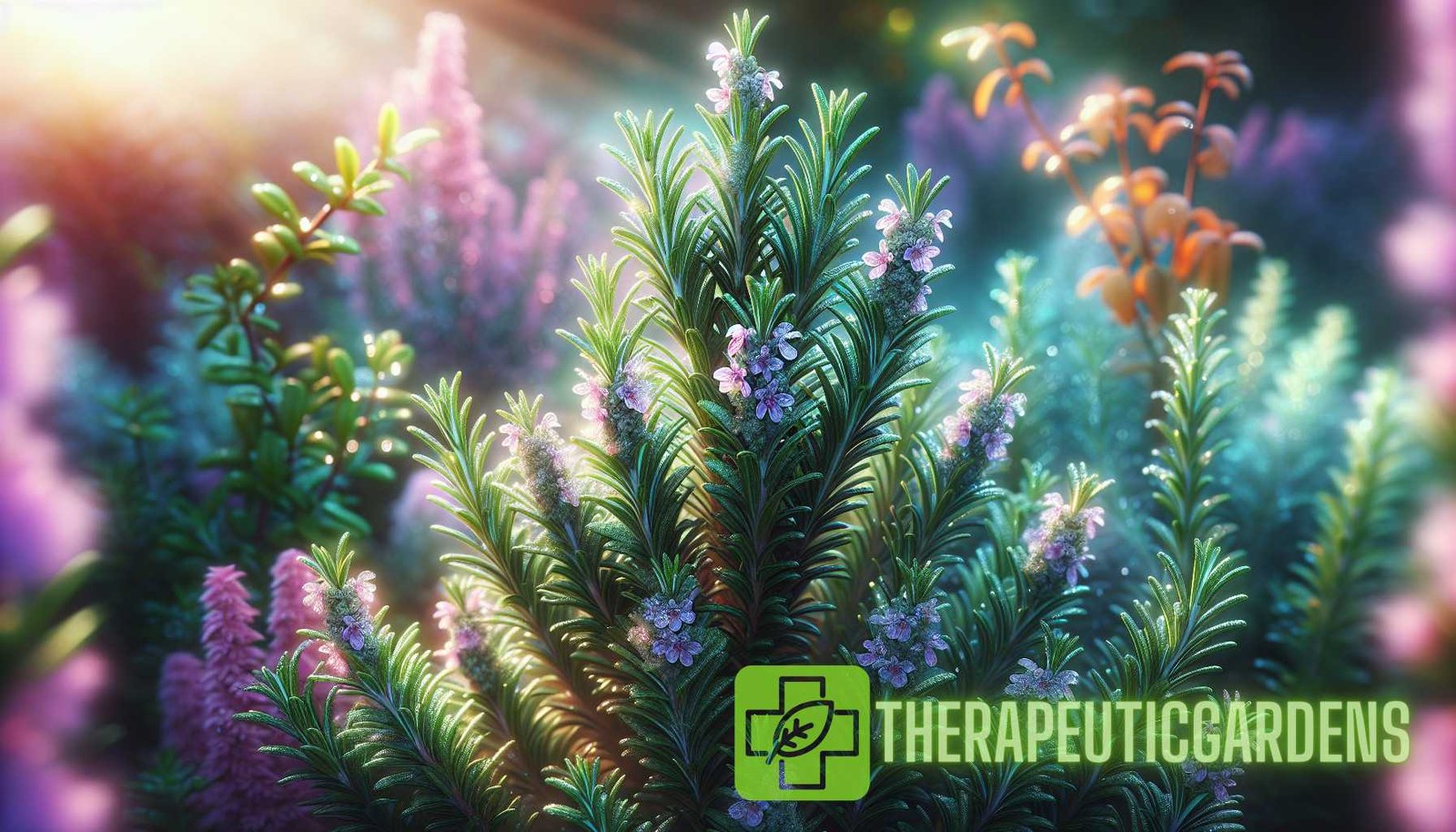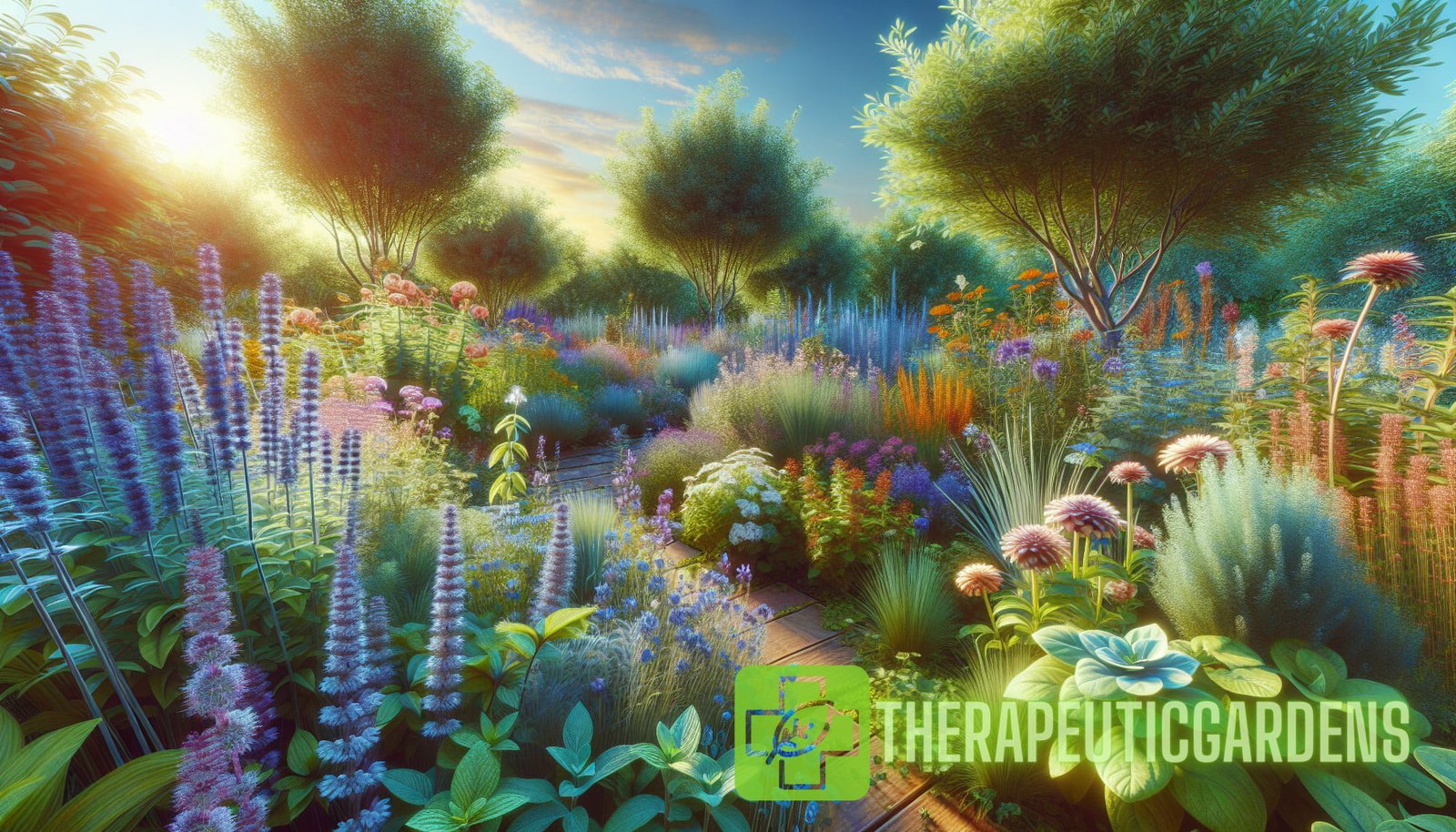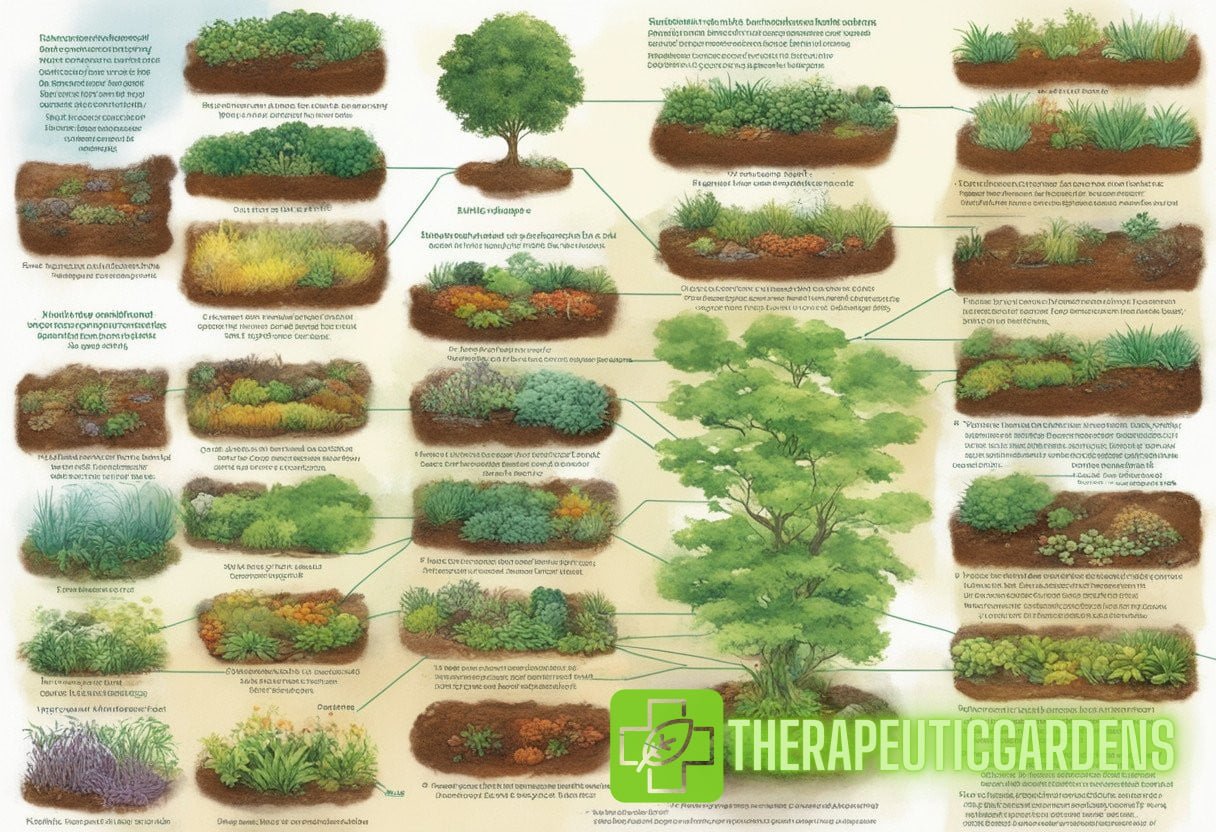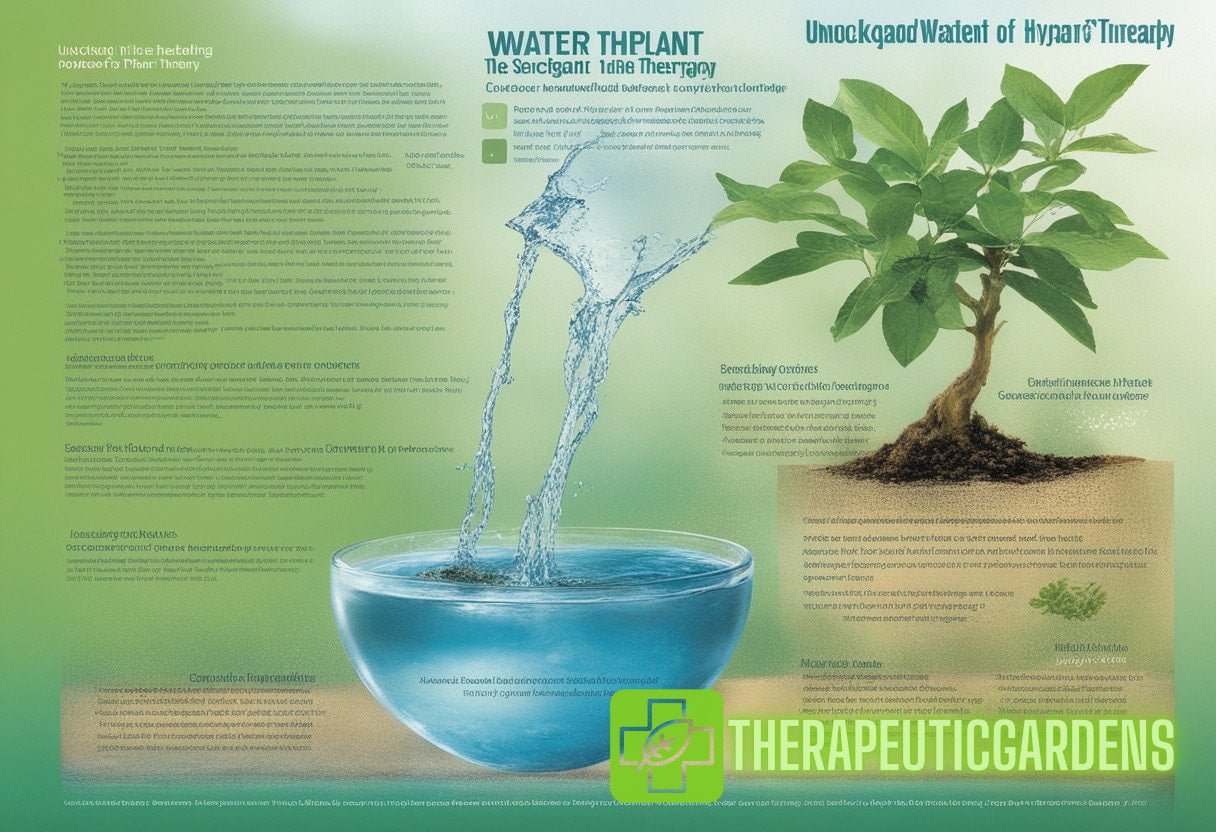Introduction
Gardening has long been recognized as a therapeutic and relaxing activity. Spending time outdoors, connecting with nature, and nurturing plants can have a positive impact on our mental and physical well-being. In particular, cultivating a garden with healing herbs can provide a range of therapeutic benefits. Not only can these plants enhance the aesthetics of your garden, but they can also be utilized for medicinal purposes, natural remedies, and wellness practices. In this article, we will explore the best therapeutic plants for your garden, their health benefits, and how to grow and utilize them effectively.
The Benefits of Healing Herbs
Healing herbs, also known as medicinal plants or therapeutic herbs, have been used for centuries in traditional medicine practices. Their natural compounds have been found to possess various healing properties that can promote overall health and wellness. By incorporating these plants into our gardens, we can easily access their therapeutic benefits at home. Some of the key advantages of cultivating healing herbs include:
1. Mental well-being: Spending time in a garden filled with healing herbs can have a calming effect on the mind, reducing stress, anxiety, and depression. The act of gardening itself can also promote mindfulness and provide a sense of purpose and accomplishment.
2. Physical health: Many healing herbs contain essential vitamins, minerals, and antioxidants that support our immune system, strengthen our bodies, and protect against diseases. Incorporating these plants into our diets or utilizing them in natural remedies can improve our overall physical well-being.
3. Accessibility: Having therapeutic plants in our gardens means we have easy access to their healing properties. We can harvest them fresh whenever needed, allowing us to utilize their medicinal benefits immediately.
4. Cost-effective: Growing your own healing herbs can save money compared to purchasing them from stores or pharmacies. Additionally, many therapeutic plants are easy to grow and require minimal maintenance, making them a cost-effective addition to your garden.
The Best Therapeutic Plants for Your Garden
Now that we understand the benefits of healing herbs, let us explore some of the best therapeutic plants to grow in your garden. These plants have a long history of traditional medicinal use and are known for their various health benefits:
Lavender
Lavender (Lavandula angustifolia) is a well-known and versatile healing herb. Its beautiful purple flowers and sweet fragrance make it a popular addition to any garden. Here are some of the therapeutic benefits of lavender:
– Relaxation: Lavender has a calming effect on the nervous system and can promote relaxation and sleep. Its essential oil is often used in aromatherapy for its soothing properties.
– Pain relief: The essential oil of lavender can help relieve headaches, migraines, and muscle pain when applied topically.
– Skin care: Lavender oil has antimicrobial and anti-inflammatory properties, making it beneficial for treating skin conditions such as acne, eczema, and burns.
Peppermint
Peppermint (Mentha × piperita) is a refreshing and aromatic herb known for its cooling sensation. It is widely used in culinary applications and herbal medicine. Here are some of the therapeutic benefits of peppermint:
– Respiratory health: Peppermint has a soothing effect on the respiratory system and can help alleviate symptoms of colds, coughs, and congestion.
– Digestive aid: Peppermint can relieve digestive issues such as indigestion, bloating, and stomach cramps. It is often consumed as a tea or used in essential oil form.
– Headache relief: Applying diluted peppermint oil to the temples can help relieve tension headaches and migraines.
Chamomile
Chamomile (Matricaria chamomilla) is a gentle flower with a sweet and apple-like aroma. It is well-known for its calming and soothing properties. Here are some of the therapeutic benefits of chamomile:
– Relaxation and sleep: Chamomile tea is commonly consumed to promote relaxation and improve sleep quality. It has mild sedative properties that can help relieve anxiety and insomnia.
– Anti-inflammatory: Chamomile can help reduce inflammation and soothe skin irritations, making it useful for conditions such as eczema and dermatitis.
– Digestive support: Chamomile tea can aid digestion, relieve stomach cramps, and reduce symptoms of irritable bowel syndrome (IBS).

Rosemary
Rosemary (Rosmarinus officinalis) is an aromatic perennial herb with needle-like leaves and blue flowers. It is commonly used in cooking and has been used for centuries in traditional medicine. Here are some of the therapeutic benefits of rosemary:
– Cognitive function: The aroma of rosemary has been linked to improved memory, concentration, and mental alertness. It is often used in aromatherapy for its stimulating properties.
– Antioxidant properties: Rosemary contains powerful antioxidants that help protect the body against oxidative stress and prevent cellular damage.
– Hair and scalp health: Rosemary oil can promote hair growth, improve scalp health, and help reduce dandruff when used topically.
Aloe Vera
Aloe vera (Aloe barbadensis) is a succulent plant known for its gel-like sap, which has a wide range of healing properties. Here are some of the therapeutic benefits of aloe vera:
– Skin care: Aloe vera gel is commonly used to soothe sunburns, minor burns, and skin irritations. It has cooling and anti-inflammatory properties that promote skin healing.
– Wound healing: The gel of aloe vera can accelerate the healing of wounds, cuts, and abrasions. It has antimicrobial properties that help prevent infection.
– Digestive health: Consuming aloe vera juice can support healthy digestion, relieve constipation, and alleviate symptoms of irritable bowel syndrome (IBS).
Growing and Utilizing Healing Herbs
Growing healing herbs in your garden is a rewarding and fulfilling experience. Here are some tips on how to grow and utilize them effectively:
Growing Tips:
1. Choose the right location: Most healing herbs prefer well-drained soil and full sun. Ensure your garden beds receive at least 6 hours of direct sunlight each day.
2. Start from seeds or transplants: You can start your healing herb garden from seeds or purchase young plants from nurseries. Follow the instructions on the seed packets or transplant labels for optimal planting.
3. Provide adequate water: Water your healing herbs regularly, especially during dry and hot periods. Most herbs prefer moist but not waterlogged soil.
4. Harvesting: Harvest your healing herbs when they are at their peak. This is usually when they have matured and developed their essential oils. Trim the plants above a set of healthy leaves to encourage growth.
Utilizing Tips:
1. Culinary uses: Incorporate healing herbs into your cooking to enhance flavors and add nutritional value. Fresh or dried herbs can be added to salads, soups, stews, sauces, and marinades.
2. Herbal teas: Many healing herbs can be steeped in hot water to make soothing and aromatic herbal teas. Experiment with different combinations and enjoy their relaxing benefits.
3. Topical applications: Essential oils extracted from healing herbs can be diluted and applied topically for various purposes. Consult a qualified aromatherapist or herbalist for proper guidance.
4. Natural remedies: Research the specific healing properties of different herbs and explore how they can be utilized to treat common ailments such as headaches, colds, skin irritations, and digestive issues.
Conclusion
Incorporating healing herbs into your garden can bring numerous benefits to your overall well-being. From promoting relaxation and relieving stress to enhancing physical health and providing natural remedies, these therapeutic plants offer a range of advantages. By growing and utilizing healing herbs, you not only beautify your garden but also gain easy access to their healing properties. Experiment with different plants, explore their health benefits, and enjoy the nurturing journey of gardening with therapeutic plants.
External link: [Wikipedia: Herbs](https://en.wikipedia.org/wiki/Herb)



